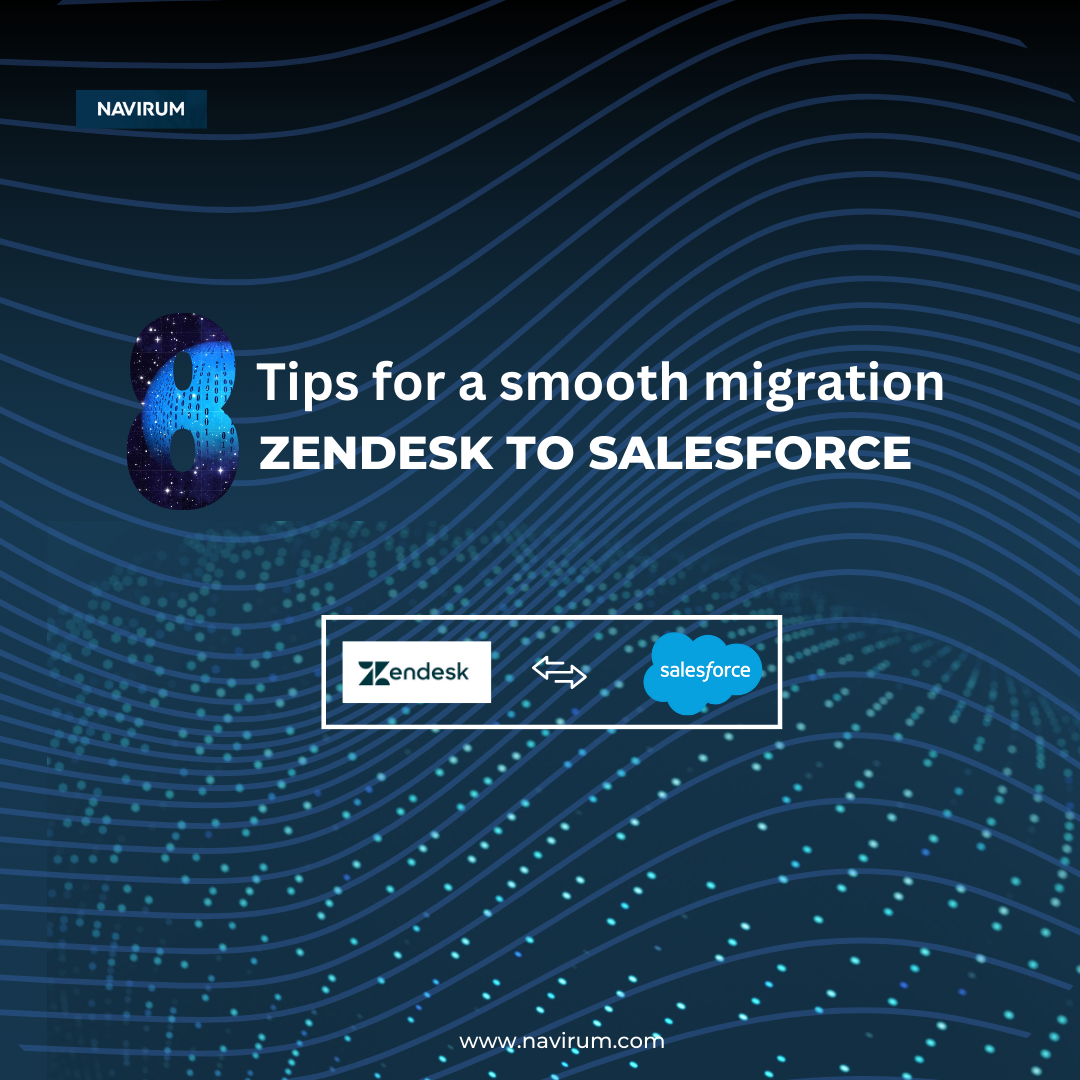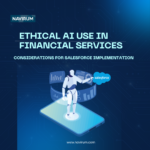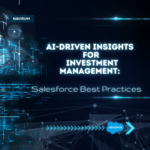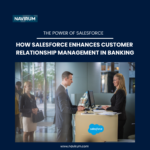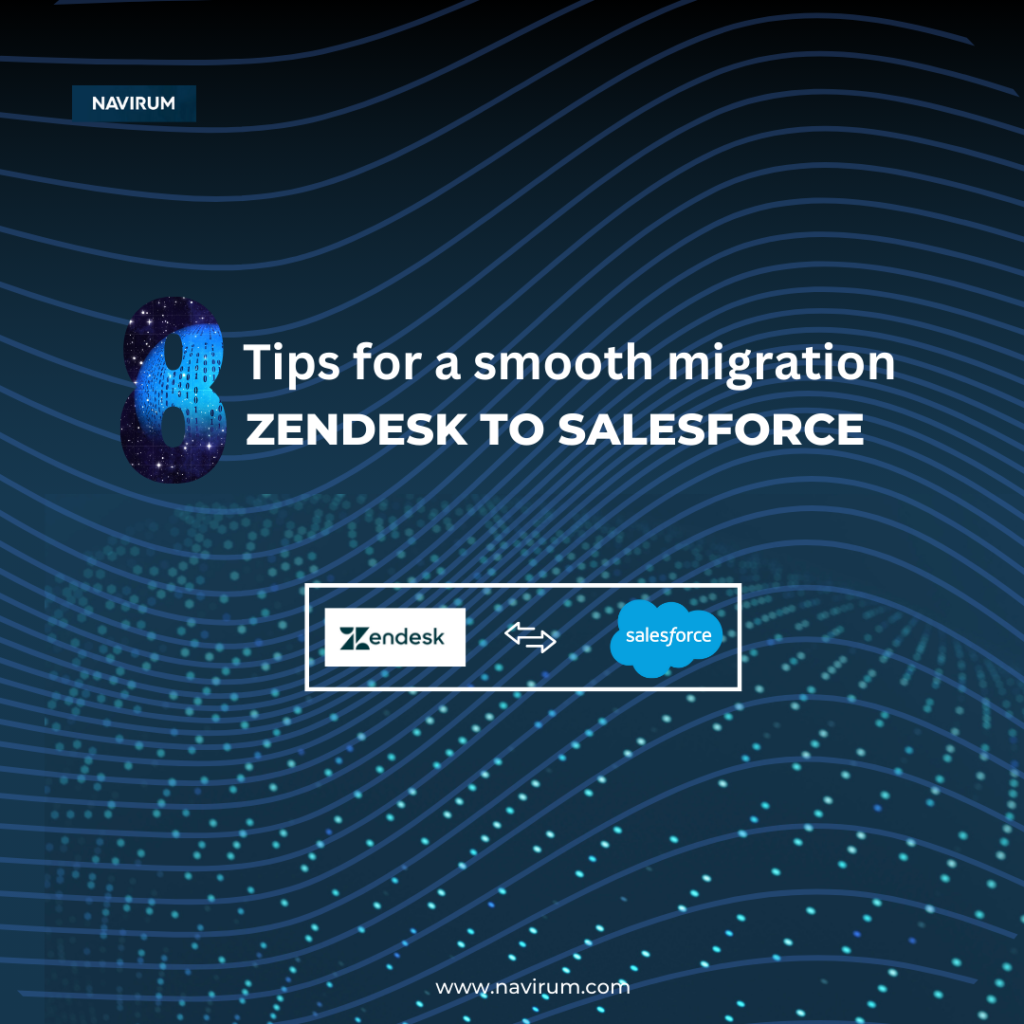
To ensure a smooth transition from Zendesk to Salesforce, it’s essential to address the potential blockers effectively. Our experienced consultants prepared a step-by-step guide on how to solve these issues and achieve a successful migration:
- Thorough Planning and Analysis:
- Conduct a comprehensive analysis of your current Zendesk setup, including data structure, customizations, integrations, and business processes.
- Identify key stakeholders and establish clear migration objectives, timelines, and success criteria.
- Create a detailed migration plan that outlines tasks, dependencies, and responsibilities.
- Data Mapping and Transformation:
- Map Zendesk data fields to their corresponding fields in Salesforce, ensuring accuracy and completeness.
- Consider data transformation requirements to align data formats, values, and structures between Zendesk and Salesforce.
- Use data migration tools or scripts to automate the data mapping and transformation process, minimizing manual effort and errors.
- Data Cleansing and Quality Assurance:
- Cleanse and deduplicate data in Zendesk before migrating to Salesforce to improve data quality.
- Perform data validation checks to identify and address inconsistencies, errors, and missing information.
- Establish data governance policies and processes to maintain data integrity and quality post-migration.
- Customization and Configuration:
- Customize Salesforce to replicate Zendesk’s features, workflows, and business processes as needed.
- Leverage Salesforce’s customization capabilities, such as custom objects, fields, workflows, and validation rules, to recreate Zendesk’s functionalities.
- Engage Salesforce consultants or developers to implement complex customizations and configurations tailored to your business requirements.
- Integration and Data Migration:
- Ensure seamless integration between Salesforce and other systems or applications, such as CRMs, ERPs, or ticketing systems.
- Use integration tools or APIs to facilitate data exchange and synchronization between Salesforce and external systems.
- Conduct thorough testing to validate data migration accuracy, completeness, and consistency before going live.
- User Training and Adoption:
- Provide comprehensive training and support resources to help users transition from Zendesk to Salesforce smoothly.
- Offer hands-on training sessions, online tutorials, user guides, and FAQs to familiarize users with Salesforce’s interface, navigation, and features.
- Encourage user feedback and address concerns promptly to promote user adoption and engagement.
- Change Management and Communication:
- Communicate transparently with stakeholders about the migration process, timelines, and expected changes.
- Address concerns, solicit feedback, and involve users in the decision-making process to foster buy-in and ownership.
- Implement change management strategies, such as communication plans, stakeholder engagement, and resistance management, to mitigate potential resistance to change.
- Continuous Monitoring and Optimization:
- Monitor post-migration performance, user feedback, and adoption metrics to identify areas for improvement.
- Continuously optimize Salesforce configurations, workflows, and processes based on user feedback and evolving business needs.
- Regularly review data quality and integrity to ensure ongoing compliance with data governance standards.
By following these steps and best practices, you can overcome potential blockers and achieve a smooth transition from Zendesk to Salesforce. Contact us today and one of our experts can help you enable your organization to leverage Salesforce’s robust CRM capabilities effectively.
